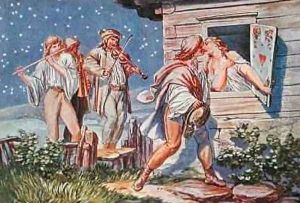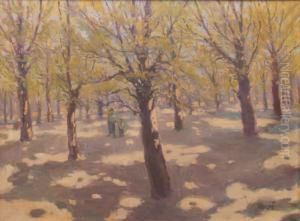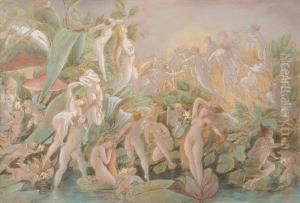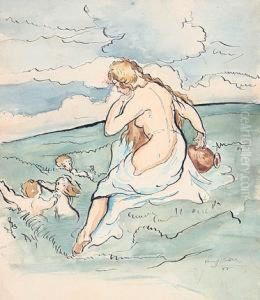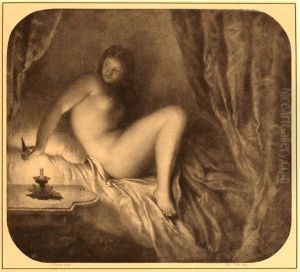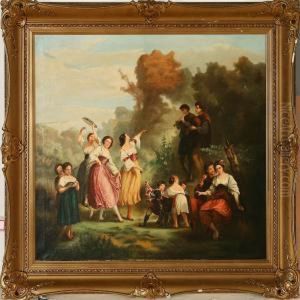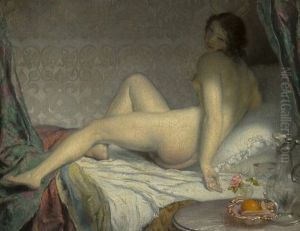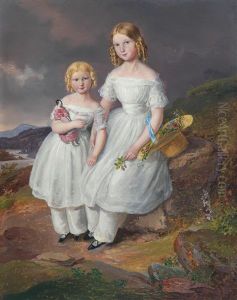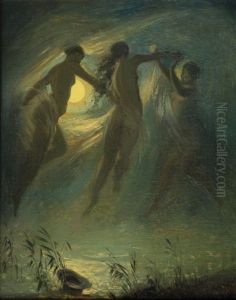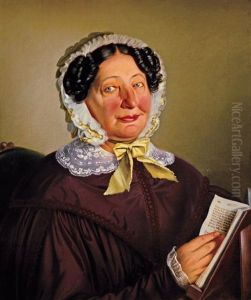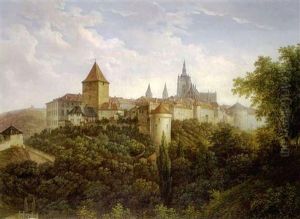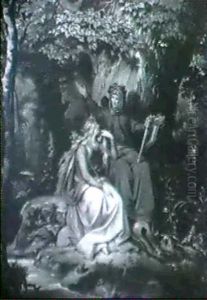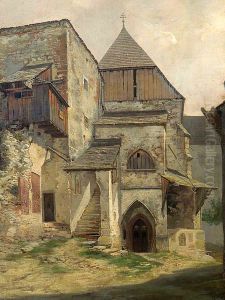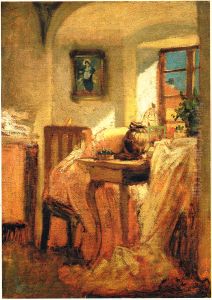Manes, Josef Paintings
Josef Mánes was a prominent Czech painter, considered one of the most important artists of the 19th century in Bohemia. Born on May 12, 1820, in Prague, which at that time was part of the Austrian Empire, he grew up in a culturally active environment. His father, Antonín Mánes, and his brother, Quido Mánes, were also painters, and their influence was instrumental in shaping Josef's early artistic development.
Mánes's work is often associated with the Czech National Revival, a movement that sought to revive Czech culture and national identity during a period of increasing national consciousness across Europe. His artistic style was diverse, encompassing history paintings, landscapes, portraits, and genre scenes. He is especially known for his romantic images of the Czech countryside and its people, which reflect the national romanticism of the period.
He studied at the Prague Academy and traveled to Italy and Germany to further his education in the arts. During his travels, he was influenced by the works of the Old Masters, and this exposure is evident in the classical composition and technique seen in his paintings. Despite these influences, Mánes always retained a distinctively Czech character in his work.
One of his most notable contributions is the design of the astronomical clock (orloj) on the Old Town Hall in Prague, which showcases his skills in creating complex iconographic programs. His work was also characterized by a keen attention to detail and a profound sense of naturalism.
Josef Mánes was also a member of several artistic associations and contributed to the cultural life of Prague. His legacy includes not only his paintings but also his diaries and correspondence, which provide insights into the cultural and social milieu of his time.
He died on December 9, 1871, in Prague. Today, Mánes's works are celebrated for their beauty and historical value, and they can be found in many Czech museums, galleries, and private collections. His contributions to Czech art are remembered as integral to the cultural heritage of the country.
